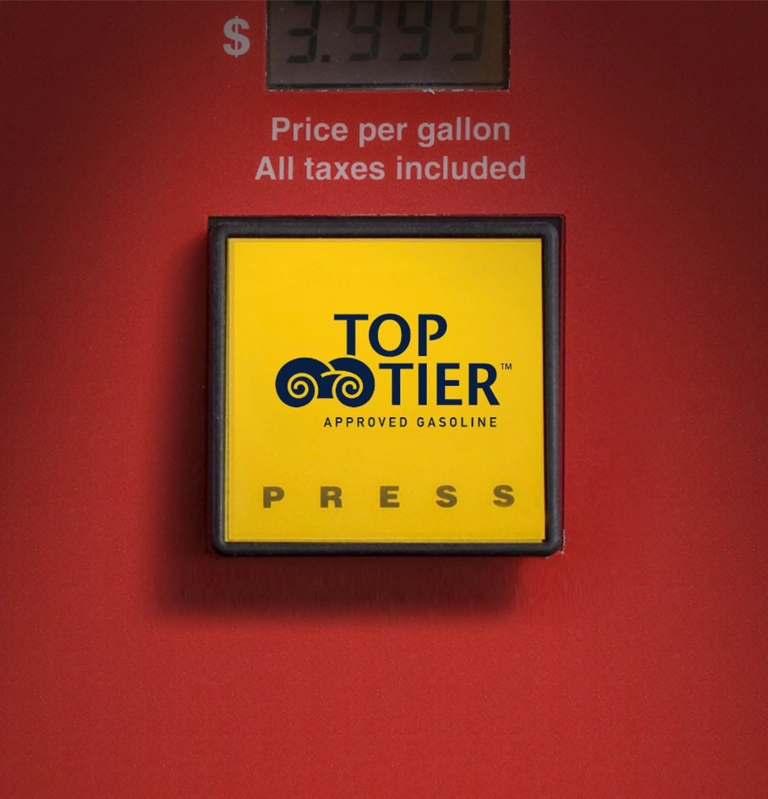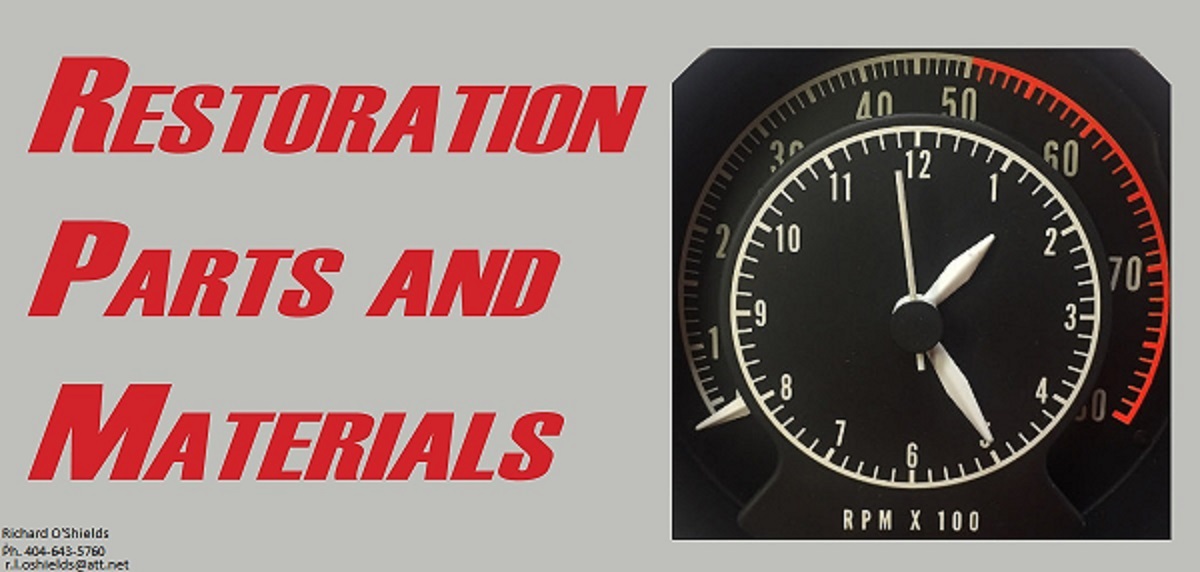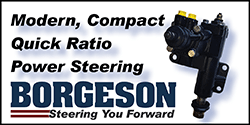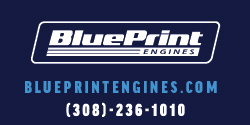Seems to be a lot of information provided here that flies in the face of my experience with over temp issues.
First, you have provided very little in the way of information to help. So, this will be general. One rule of thumb that is a good way to start is by asking WHEN it gets hot. Over temp at slow vehicle speeds generally indicates an air flow problem, while an over temp at road speed generally indicates a water flow problem.
Second, the 190* recommendation was part of the emissions protocols. It had nothing to do with performance nor longevity. Without getting into a side discussion, the slant 6 recommendation may be the exception due to it's design. After about 180*, wear is near negligible so there is no reason for higher temps. An old racer's adage that was accurate was; cold engine, hot oil. The ONLY down side to 160* engine tempo in a street car is accelerated wear. Otherwise colder is better. Pay attention to what is going on with the Hellcats to see what I mean.
Third, 'dwell time' in the radiator is a non issue. The only issue would be that there is not enough air flow to accommodate the water flow. If there is enough air flow, removing the thermostat will NOT raise the engine's temperature.
And we have fought over temp issues on these big engines as soon as the cars aged just a bit and things were no longer optimum.
There have been a few good suggestions already. Here are my thoughts without more particulars:
-Block off the heat cross-over in the intake if it isn't already. Today's fuel has a much lower boiling point than fuel had when these engines were designed. Heating up the intake's floor with exhaust gases is very detrimental to your engine's operation.
-Verify your timing as already suggested. And your engine LOVES a lot of timing at idle and having the timing in as fast as possible. I have mine all in by 2,000. But be cautious not to put it into detonation in high gear. If you chase this, it's best to get some experienced help. There are valid reasons why the factory installed a more conservative curve than the engine really wanted.
-If you have access to a temp gun, scan the radiator for hotter and cooler areas that would indicate blockages. Also check for the temp drop between the inlet and outlet. I don't remember what the recommended target is, but not enough temp drop indicates an undersized radiator or lack of air flow.
-180* thermostat is your best compromise on a street car. There are no dependable hi-flow thermostats any more that I know of. If someone knows of good dependable ones, let us know. The Mr Gasket ones are JUNK. Get a good quality thermostat and drill a few extra holes for additional flow. Contrary to previous opinions, I ALWAYS chase over temp issues without a thermostat. If it won't cool without a thermostat, is sure isn't going to get better with one.
-The bypass hole in the water pump housing is way too large. We used to use motor home thermostats that would block the bypass opening when it opened, but I haven't seen one of those thermostats in decades. What you can do is to remove the thermostat and when you look into the housing you will see the bypass hole. All it does it allow heated water to get to the thermostat when it's closed, so it knows when to open. After that, all it does is to continue to allow heated water right back into the engine, bypassing the radiator. Drill and tap the bypass for a brass plug, which you drill with as small a hole as will still allow the thermostat to open properly. Usually takes a few tries after starting with a tiny hole.
-Replace the fan clutch. They do loosen a bit over time. I replace mine every couple of years.
-Use as big a fan as possible. I actually cut down an aluminum truck fan to fit in my shroud. Moves a TON of air. Mancini and others have fan kits. At least compare their pictures to your fan to make sure yours is similar. Look at the number of blades, their size AND angle.
-A proper shroud is a MUST. And the fan should be positioned properly in the shroud. Pics of original cars will show you better than my description here.
-You can change the water pump drive ratio by changing pulleys. May be a bit of a stretch to do that, but just make sure that the pump and fan is not being driven too slowly for your application.
That is not everything, but is a start. Keep us informed on what you find out as you chase this. These big engines can be difficult to keep cool. Everything must be fairly correct or these engines will not cool properly.
.





















